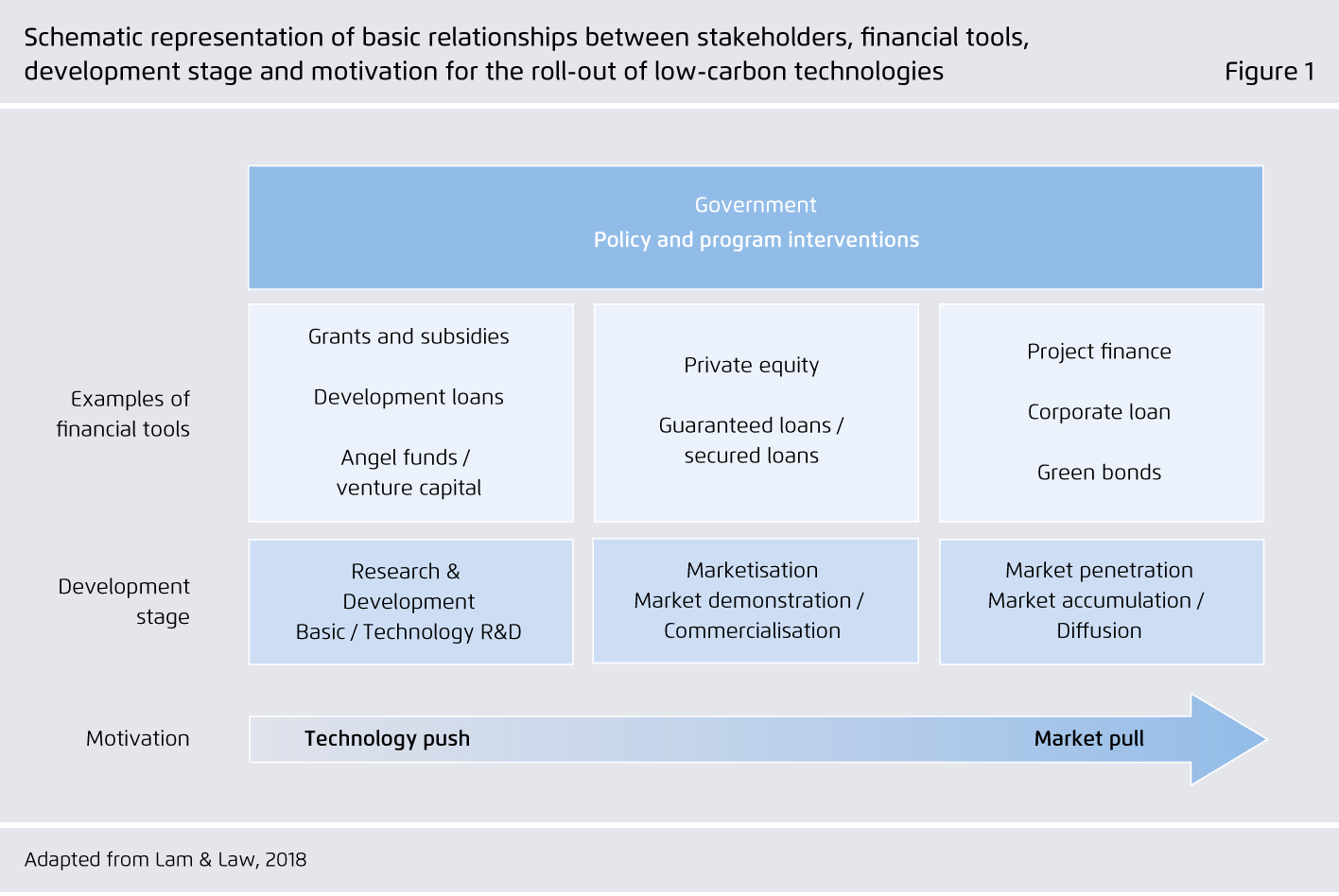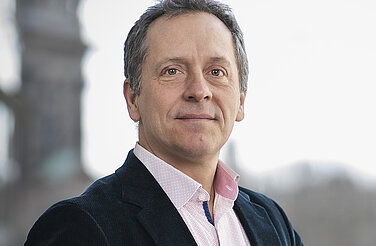-
The historic EU budget of €1.824 trillion offers plenty of opportunities for green investments
through its various instruments, increased climate mainstreaming and introduction of the do no
significant harm principle.
This guide explains how the various programmes work, how investments into the green transition are triggered and it identifies investment opportunities in four key sectors (industry, buildings, transport and energy).
-
EU funds, national stimulus programmes and policy reforms have to go hand in hand.
Despite its historic size, EU funds alone are not sufficient to meet the overall investment needs of the newly raised 2030 climate and energy targets. The instruments under the Next Generation EU and the Multiannual Financial Framework need to be smartly combined with national funding and effectively designed to crowd in private funding in order to deliver a green recovery.
-
The Recovery and Resilience Facility complements other more specific EU funding programmes in that it allows investments into all technologies from innovative to mature as well as in all locations.
It can be used to scale up mature clean transition solutions, which in many instances can be deployed quickly. Its specific feature of dealing with investments in conjunction with policy reforms is what will make the difference for sustained green growth. It will be crucial that the Commission applies the necessary scrutiny on the use of funds, enforcing the tracking methodology for the climate target and payment conditionalities.
Matching money with green ideas
A guide to the 2021–2027 EU budget

Preface
The European Union’s revised 2030 climate targets imply that greenhouse gas emissions will have to decrease more sharply over the coming decade than they did over the past 30 years. That means that Europe’s economic recovery from the COVID-19 pandemic can only be a green one. Now is the time to accelerate renewables investments, energy efficiency renovations and launch the clean industry transition.
The 2021-2027 EU budget and the additional recovery funds provide a record amount of public financial support across all 27 EU Member States within the next few years. But the clean transition investment needs in the power, transport, buildings and industrial sectors are much bigger. For spending programmes to be successful, they need to be combined with efforts to improve the regulatory environment for investors to achieve lasting effects and pull in private funding.
We prepared this explanatory guide on the EU funding landscape, together with Climate & Company, to assist clean transition stakeholders in identifying suitable EU funding opportunities and putting forward investment ideas, but also to inform national green financing and structural reform debates. Combining EU and other funds and the active participation of stakeholders in all Member States could maximize the impact of the EU budget and put the European economy on a credible and inclusive path towards climate neutrality.
Key findings
Bibliographical data
Downloads
-
pdf 2 MB
Matching money with green ideas
A guide to the 2021–2027 EU budget
All figures in this publication
Schematic representation of basic relationships between stakeholders, financial tools, development stage and motivation for the roll-out of low-carbon technologies
Figure 1 from Matching money with green ideas on page 10

EU funding sources triggering national and private investment for the green transition
Figure 2 from Matching money with green ideas on page 14










